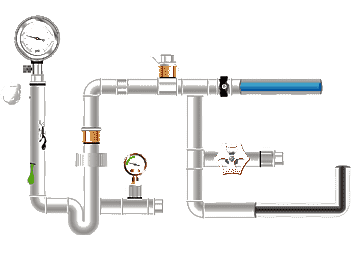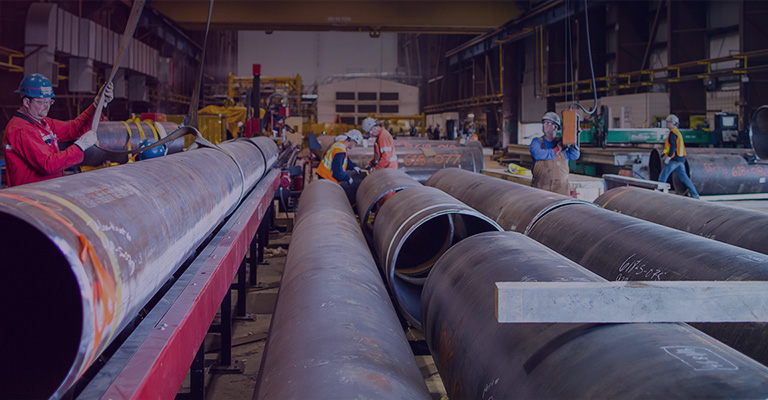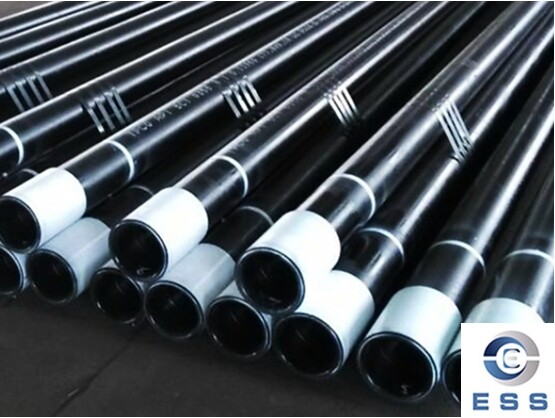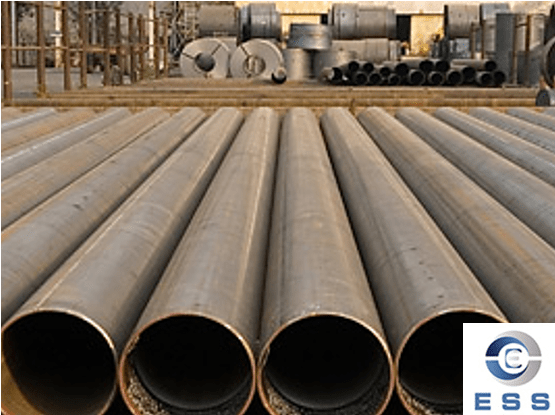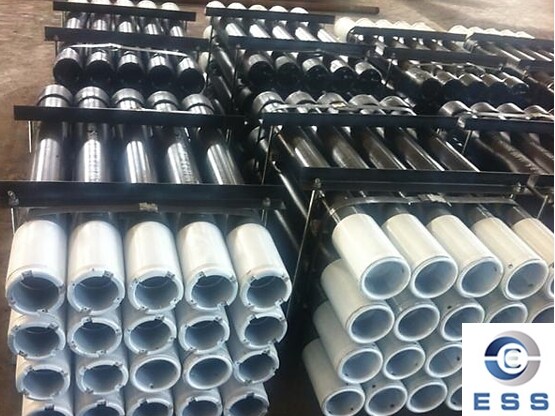
Manufacturing Process of Oil Casing Pup Joints
In the oil and gas industry, oil casing
pup joints are important components for connecting casing pipes.
Their quality and performance directly affect the safety and sealing of the
entire downhole pipeline system. In order to ensure its stable and reliable
mechanical properties, oil casing pup joints are usually processed with the seamless
steel pipe and formed by different process methods. This article will
deeply analyze the two main production processes of pup joints:
hot rolling process and cold drawing (cold rolling) process.
Hot rolling is one of the most common
processes for producing oil casing pup joints, which is suitable for the
manufacture of large-diameter and high-strength steel pipes. The basic process
is as follows:
Hot rolling process
Round tube billet → heating → perforation → three-roller oblique rolling, continuous rolling or extrusion → tube removal → sizing (or diameter
reduction) → cooling → straightening → hydraulic pressure test (or flaw
detection) → marking → storage
1. Heating and perforation
The billet is heated to about 1200℃ to improve plasticity and facilitate perforation forming.
2. Oblique rolling/continuous
rolling/extrusion
Through three-roller oblique rolling or
continuous rolling mechanism, the solid billet is transformed into a hollow
rough tube.
3. Sizing/reduction
Further shaping is performed according to
the required size to ensure the consistency of the tube body size.
4. Hydraulic pressure test/flaw detection
The strength and sealing of the tube body
are fully tested to meet industry standards such as API 5CT.
5. Final processing
Marking and storage to ensure quality
traceability.
Hot-rolled pup joints are widely used in OCTG pipe systems due to their high production efficiency and wide range of sizes,
especially in operating environments with deep wells and large temperature
differences.
Compared with the hot-rolled process, the
cold-drawn (rolled) process is more suitable for manufacturing short-section
products with higher dimensional accuracy and better surface quality.
Cold-drawn process
Round tube billet → heating → perforation → heading → annealing → pickling → oiling (or copper plating) → multiple cold
drawing (or cold rolling) → billet tube → heat treatment → straightening → water pressure test (or flaw detection) → marking → storage
1. Perforation and heading
A preliminary hollow
tube body is formed to prepare for subsequent drawing.
2. Pickling + oiling/copper plating
Remove oxide scale, improve surface
lubricity, and improve drawing quality.
3. Multiple cold drawing/cold rolling
Precisely control the tube diameter and
wall thickness to improve the dimensional consistency and surface accuracy of
the product.
4. Heat treatment and straightening
Improve the toughness of steel and prevent
stress concentration caused by cold processing.
5. Inspection and marking
Ensure no cracks and no leaks through water
pressure test and non-destructive testing.
Cold drawn pup joints are usually suitable
for application scenarios that require high dimensional accuracy, high finish
and low tolerance, such as precision instrument joints, special oil well
operations, etc.
Summary
High-quality oil casing pup joints not only
improve downhole operation efficiency, but also effectively reduce operation
risks. Choosing the right production process is the key to ensuring the safe
operation of oil and gas pipeline systems.









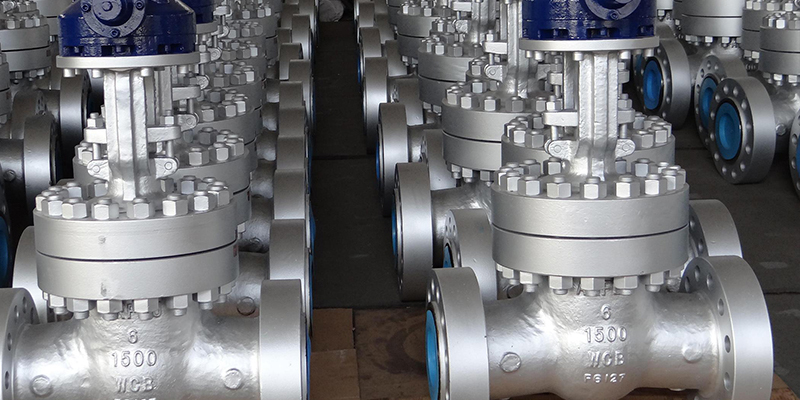
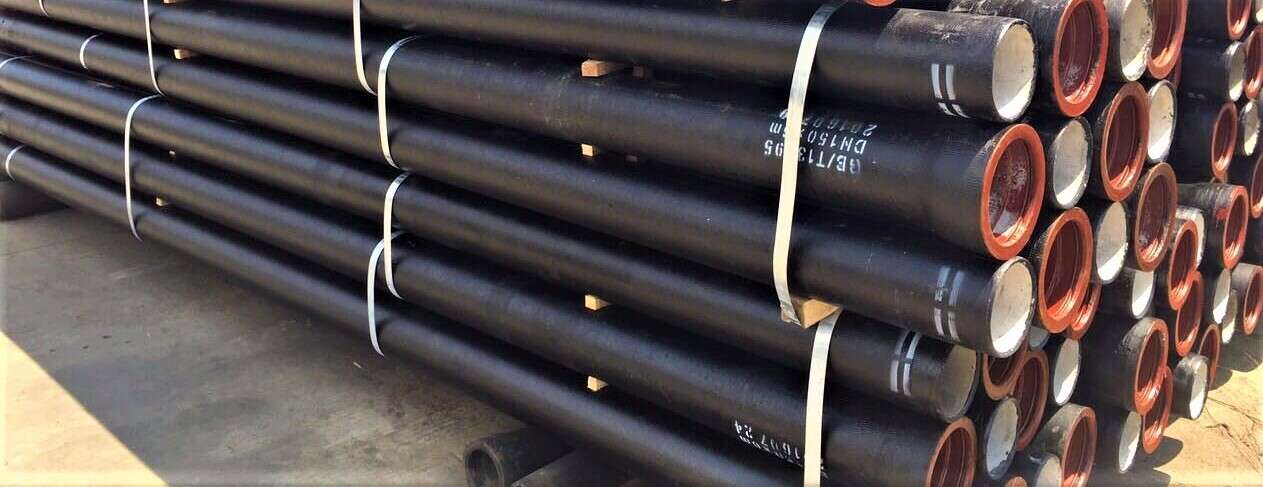


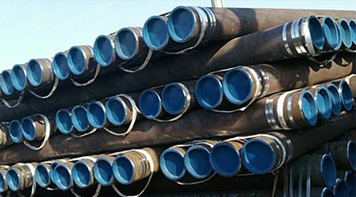 Eastern Steel Manufacturing Co.,Ltd not only improve product production and sales services, but also provide additional value-added services. As long as you need, we can complete your specific needs together.
Eastern Steel Manufacturing Co.,Ltd not only improve product production and sales services, but also provide additional value-added services. As long as you need, we can complete your specific needs together.
